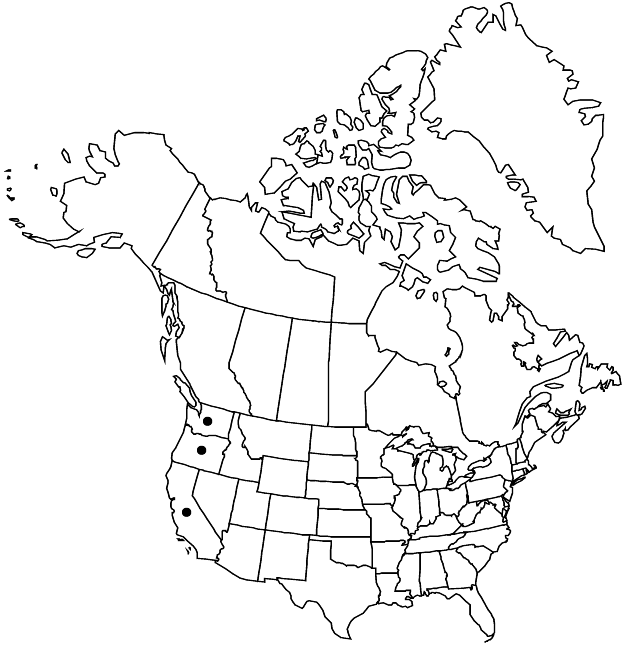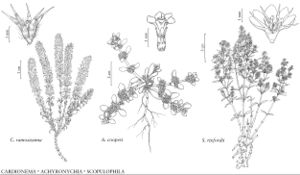Difference between revisions of "Cardionema ramosissimum"
Bot. Gaz. 56: 473. 1913.
Basionym: Loeflingia ramosissima Weinmann
Treatment appears in FNA Volume 5. Treatment on page 46.
FNA>Volume Importer |
FNA>Volume Importer |
||
| Line 50: | Line 50: | ||
|publication year=1913 | |publication year=1913 | ||
|special status= | |special status= | ||
| − | |source xml=https://jpend@bitbucket.org/aafc-mbb/fna-data-curation.git/src/ | + | |source xml=https://jpend@bitbucket.org/aafc-mbb/fna-data-curation.git/src/8f726806613d60c220dc4493de13607dd3150896/coarse_grained_fna_xml/V5/V5_91.xml |
|subfamily=Caryophyllaceae subfam. Paronychioideae | |subfamily=Caryophyllaceae subfam. Paronychioideae | ||
|genus=Cardionema | |genus=Cardionema | ||
Revision as of 17:42, 18 September 2019
Stems often forming dense mats, 5–30+ cm, often obscured by stipules and dense pubescence. Leaves: stipules 1–8 mm, often nearly as long as leaves, lobes acuminate; blade 2-grooved, 5–13 mm, apex finely spinose, glabrous. Flowers densely woolly, hairs 0.5–1.5 mm; sepals 5, margins fimbriate, awn 1.5–4 mm; staminodes white, 0.3–0.5 mm. Utricles: apex apiculate. Seeds 1.4–1.6 mm.
Phenology: Flowering spring–early summer.
Habitat: Sandy beaches, grassy bluffs, sand dunes
Elevation: 0-200 m
Distribution

Calif., Oreg., Wash., Mexico, South America (Chile, Ecuador, Peru).
Discussion
The flowers are burlike in fruit with the utricle enclosed in the rigid, persistent calyx, the presumed unit of seed dispersal.
Selected References
None.
Lower Taxa
None.
